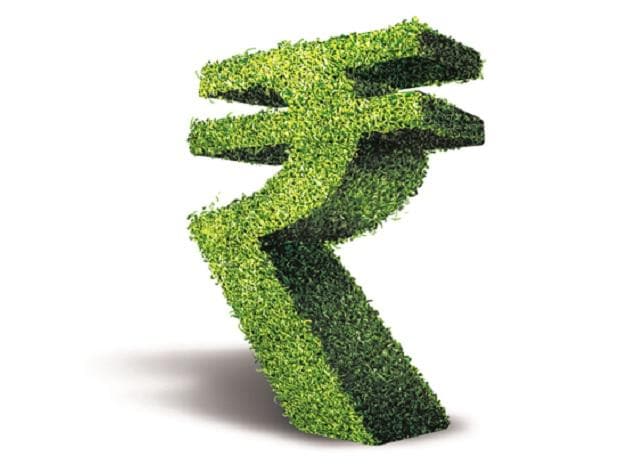[ad_1]
The government is likely to kick off its first ever issuance of green bonds on a successful note, with debt market participants predicting firm demand. The strong response to the maiden sale will likely be reflected in a pricing premium relative to prevailing levels on corresponding regular government bonds.
The maiden tranche of such sovereign green bonds is set to go to auction on Wednesday.
A total of Rs 8,000 crore worth of green bonds — Rs 4,000 crore of 5-year green bonds and Rs 4,000 crore of 10-year green bonds – would be on the block.
In the Union Budget for the current fiscal year, the government had announced the sale of green bonds as part of its market borrowing, for the first time. The proceeds would be deployed in public sector projects that help reduce the carbon footprint of the economy.
Besides the sale on Wednesday, the central government would auction Rs 8,000 crore worth of green bonds on February 9, taking total issuance in FY23 to Rs 16,000 crore.
The key differentiator between regular sovereign bond auctions and green bond auctions is the premium — or the pricing benefit — that issuers globally enjoy for selling environment-friendly securities.
“The (first) issue is going to sail through but we don’t think that there is going to be a very deep premium. What we expect is that it will sell at a richer price than a normal sovereign bond of the same maturity,” Vijay Sharma, senior executive vice-president, PNB Gilts, told Business Standard.
“I expect the domestic green bond sale on Wednesday to go at a premium of 5 basis points to the relevant regular bonds. After the first few issues, we expect that some kind of demand will be generated among FPIs,” he said.
On Tuesday, the 10-year benchmark government bond yield closed at 7.35 per cent, while the most liquid five-year bond yield settled at 7.15 per cent.
Globally, green bonds are issued at a premium as the instrument, by design, is meant to facilitate access to cheaper capital for environment-friendly projects. A premium refers to a lower yield or lower return, and in turn, higher price on a debt instrument. In market parlance, the premium on green bonds is referred to as a “greenium”. Bond prices and yields move inversely.
Market participants said that state-owned banks in particular were likely to display strong demand for the first sale of green bonds.
Going ahead, however, demand among foreign portfolio investors would play a key role in determining the sustainability of issuing green bonds at a hefty premium, traders said. At a global level, there are environmental funds dedicated to deploying funds in green debt with such investment resulting in benefits for investors.
“Nowadays there are certain companies and FIIs that have the mandate to invest in such bonds. If that is the case, there can be a significant premium. At the current stage, there isn’t much incentive for Indian investors,” said Debendra Dash, chief-dealer, fixed-income, AU Small Finance Bank.
“If there are incentives, there can be more premium. Still, at least a five-basis-point premium is a given for the first auction,” he said.
Treasury officials said there would likely be a pick-up in FPI registrations in the coming months as investors with international green commitments would sign up for India’s entry into the market.
However, it would require some regulatory incentives for domestic investors to show a sustained appetite for green bonds and compensate them for lower returns these bonds fetch, treasury officials said.
In recent discussions with the Reserve Bank of India, market participants have floated several ideas, including investing in green bonds eligible to qualify for priority sector lending for banks, sources said. Certain regulatory dispensations of this kind are permitted for banks’ investments in infrastructure bonds.
Last week, the Insurance Regulatory and Development Authority said insurance companies’ investment in green bonds would be treated as investment in infrastructure in a bid to boost participation in such debt instruments.
Other suggestions by market participants included lower taxation on green bonds and providing banks with a higher weighting for the liquidity coverage ratio.
In a bid to encourage overseas participation, the RBI said that green bonds will be designated as securities under the “Fully Accessible Route” for foreign investors.
[ad_2]
Source link



